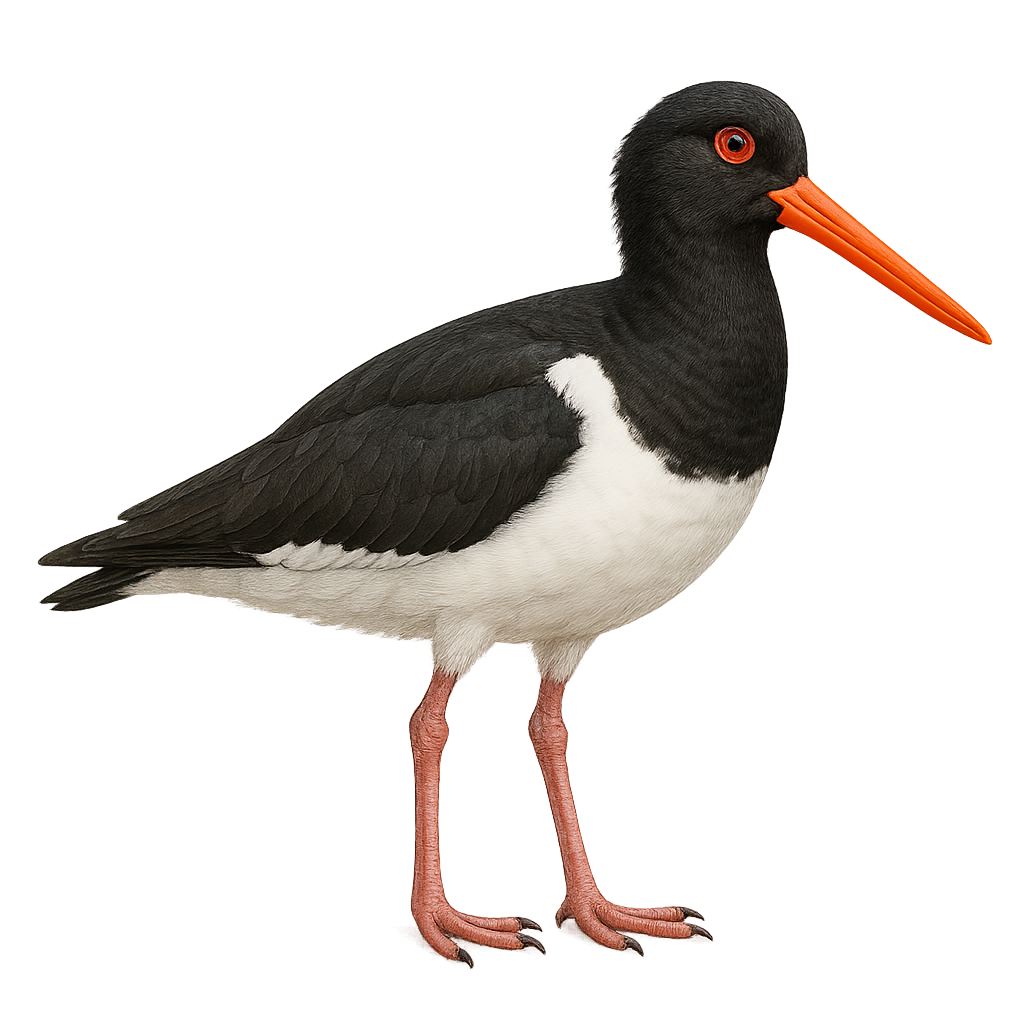Your wildlife photography guide.
Explore the pied oystercatcher in detail, study its behavior, prepare your shots.
Where to observe and photograph the pied oystercatcher in the wild
Learn where and when to spot the pied oystercatcher in the wild, how to identify the species based on distinctive features, and what natural environments it inhabits. The WildlifePhotographer app offers tailored photography tips that reflect the pied oystercatcher’s behavior, helping you capture better wildlife images. Explore the full species profile for key information including description, habitat, active periods, and approach techniques.
Pied Oystercatcher
Scientific name: Haematopus longirostris

IUCN Status: Least Concern
Family: HAEMATOPODIDAE
Group: Birds
Sensitivity to human approach: Suspicious
Minimum approach distance: 15 m
Courtship display: September to November
Incubation: 27-28 jours
Hatchings: September to December
Habitat:
sandy beaches, rocky shores, estuaries
Activity period :
Primarily active during the day, with peak activity in the morning and late afternoon.
Identification and description:
The Pied Oystercatcher is a medium-sized coastal bird, easily identifiable by its distinctive black and white plumage and long, bright red bill. It primarily inhabits the sandy and rocky shores of Australia, where it feeds mainly on mollusks, crustaceans, and other marine invertebrates. Its powerful bill allows it to skillfully open the shells of its prey. This bird is often seen in small groups, although it can also be solitary. It is known for its piercing calls and territorial behavior, especially during the breeding season. Pied Oystercatchers are monogamous and form lasting pairs. Their nest is usually a simple scrape in the sand or pebbles, where they lay two to three eggs.
Recommended lens:
400mm – adjust based on distance, desired framing (portrait or habitat), and approach conditions.
Photography tips:
To photograph the Pied Oystercatcher, it is advisable to use a telephoto lens of at least 400mm to capture detailed images without disturbing the bird. Approach slowly and discreetly, using natural cover such as dunes or rocks to hide. The best photos are often taken at low tide when the birds are actively feeding. Try to capture moments of interaction or behavior, such as shell opening or territorial calls. Morning or late afternoon light often provides the best conditions for vibrant colors and soft lighting.
The WildlifePhotographer App is coming soon!
Be the first to explore the best nature spots, track rutting seasons, log your observations, and observe more wildlife.
Already 1 430 wildlife lovers subscribed worldwide

